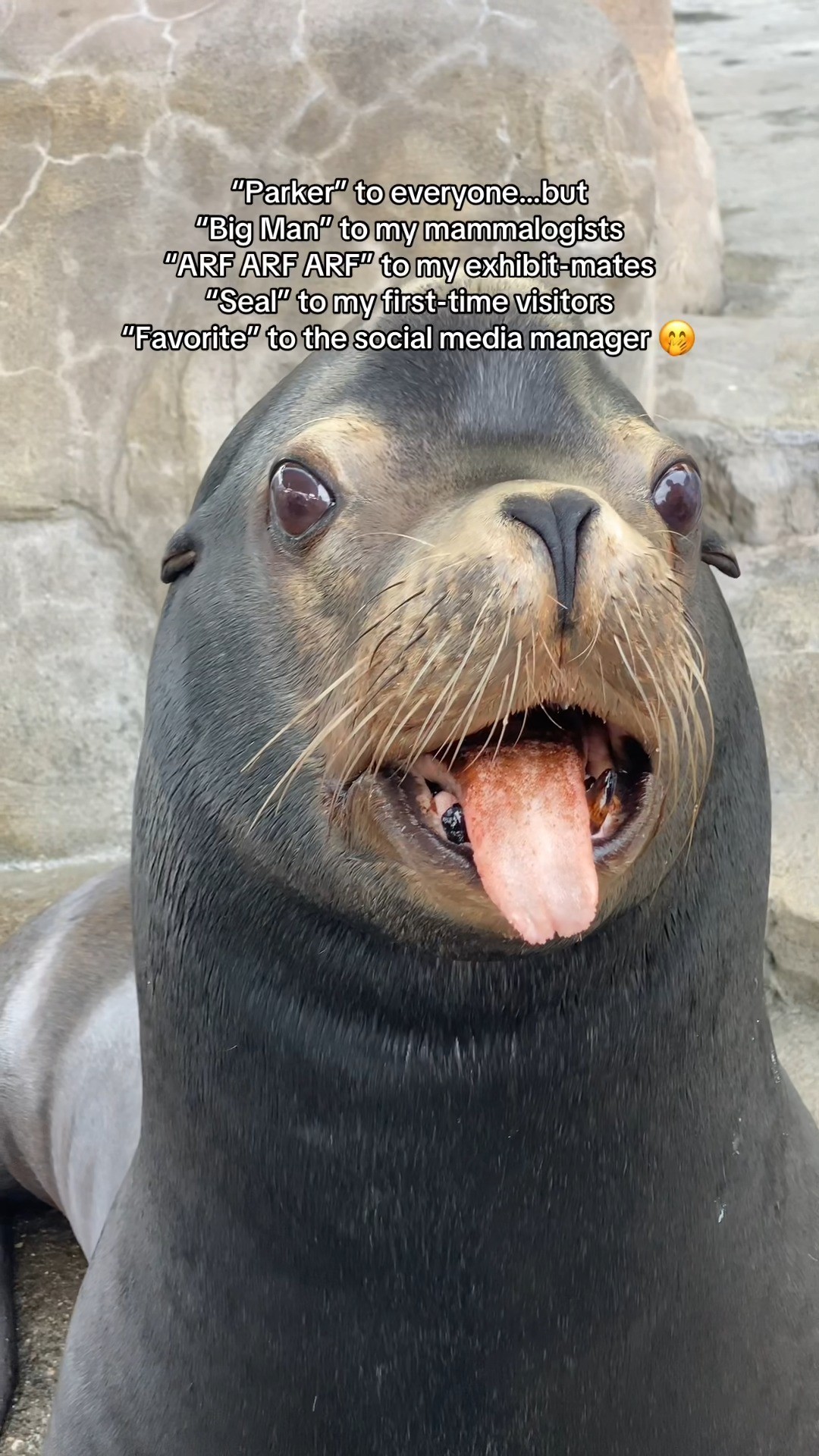- Understanding Animal Behavior and Personality
- The Role of Animals in Ecosystems
- Insights into Wildlife Conservation Efforts
- Current Challenges Facing Zoos and Aquariums
- Future Directions for Animal Management and Conservation
Understanding Animal Behavior and Personality
Animal behavior is a fascinating field that examines how animals interact with each other and their environment. Each species exhibits unique characteristics that inform their social behaviors, mating rituals, and survival strategies. From the courtship displays of birds to the complex family structures in elephants, animal behavior reveals much about their lives.
For example, dolphins are known for their complex social networks and communication systems. They use a series of clicks and whistles to convey messages, establish relationships, and coordinate hunting strategies. Such behavioral studies inform zoologists about the cognitive abilities of animals, often challenging assumptions about the simplicity of animal life.
Understanding this behavior is not just an academic pursuit; it has real-world implications for conservation. A deeper awareness of how animals behave can guide habitat restoration efforts and improve the effectiveness of protected areas. For instance, knowing how wolves interact within packs can direct conservation strategies aimed at ensuring their population stability. This research not only enriches our comprehension of animal life but also lays the groundwork for effective interventions in conservation.
The Role of Animals in Ecosystems
Animals play vital roles in their ecosystems, contributing to ecological balance. Each organism, from predators to prey, has a specific role that impacts the health of their environment. Herbivores, such as deer and rabbits, help control plant populations, while predators maintain balance by preventing overpopulation of prey species. Each animal’s role is intertwined with those of other species, creating a complex web of life.
Pollinators, such as bees and butterflies, exemplify this interconnectedness. They facilitate the reproduction of flowering plants, which in turn provide food and habitat for numerous other species. The decline of pollinator populations poses a significant risk to biodiversity, highlighting the need for conservation efforts focused on protecting these essential creatures.
Moreover, keystone species, like sea otters and elephants, play disproportionately large roles in maintaining the structure of their ecosystems. The presence or absence of these species can have far-reaching impacts on the environment. Understanding these dynamics is crucial for wildlife management and conservation strategies, ensuring that efforts are directed where they are most needed.
Insights into Wildlife Conservation Efforts
Wildlife conservation is a multifaceted field that aims to protect animal populations and their habitats. Organizations worldwide engage in various strategies, from habitat preservation to breeding programs for endangered species. Effective conservation hinges on understanding ecological principles and animal behaviors.
Many conservation efforts focus on creating protected areas, such as national parks and reserves. These spaces aim to provide safe havens for wildlife, free from human disruption. However, the success of these protected areas often requires ongoing management and monitoring. Conservationists routinely assess animal populations, track migration patterns, and study the influence of climate change on habitats.
Community involvement is also crucial for conservation. Educating local populations about the importance of biodiversity fosters buy-in for conservation programs. When communities understand the benefits of protecting wildlife—such as eco-tourism or sustainable resource use—they are more likely to engage in conservation initiatives. Involving locals in these efforts can significantly improve the success rates of conservation programs.
Current Challenges Facing Zoos and Aquariums
Zoos and aquariums face a range of challenges in their efforts to manage animal populations and engage in conservation. Public perceptions of these institutions can greatly influence their operations. Many people question the ethics of keeping animals in captivity, arguing that it compromises their well-being. In response, modern zoos are increasingly focusing on welfare standards, creating habitats that mimic natural environments and promoting more natural behaviors.
Another challenge is funding. Many zoos and aquariums rely on ticket sales and donations to operate. Economic downturns often lead to budget cuts, affecting their ability to maintain facilities and care for animals. This financial pressure can also limit their capacity to engage in significant conservation efforts.
Additionally, zoos must navigate complex breeding programs to maintain genetic diversity in captive populations. Efforts to reintroduce animals into the wild require careful planning and collaboration with other wildlife organizations. This process can be resource-intensive but is vital for preserving endangered species.
Future Directions for Animal Management and Conservation
Looking ahead, the future of animal management and conservation hinges on innovation and collaboration. Advances in technology, such as remote sensing and wildlife tracking, are improving our understanding of animal behavior and habitat needs. These tools aid in monitoring populations and enhancing conservation strategies, making them more efficient and effective.
Education and advocacy also play crucial roles in shaping public perception about wildlife conservation and animal management. Promoting awareness through campaigns and educational programs can inspire passionate advocacy for animal rights and conservation initiatives. Encouraging younger generations to appreciate and protect wildlife fosters long-term success in conservation endeavors.
Global partnerships are increasingly essential in tackling environmental challenges. Collaboration among governmental organizations, non-profits, and the private sector can amplify conservation efforts. Initiatives that span borders, such as wildlife corridors that connect fragmented habitats, are crucial for sustaining healthy animal populations.
Ultimately, a focus on habitat restoration, sustainable practices, and responsible tourism can create a more favorable environment for both animals and people. By emphasizing these strategies, society can contribute to the conservation of wildlife and the sustaining of ecosystems, confirming our commitment to preserving life on Earth.
*****
Source Description
idk what you’re talking about Parker, I don’t have a favorite animal! But if I HAD to choose…🥹


